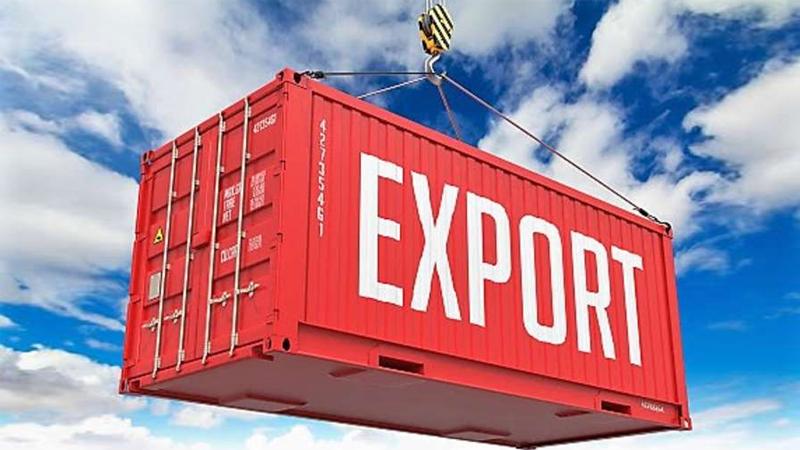
Macro economic issues need to be addressed urgently for exports to get back to the pre-pandemic level, international development expert, policy advisor and researcher Dr. Ganeshan Wignaraja said.
Recording an export turnover of US$ 1 billion for five months this year should be commended but the country cannot afford to stop there as export income per month before the pandemic was far better than that, he said.
Export earnings crossed the US$ 1 billion mark for the fifth month this year while notching the highest monthly export value in October.
Addressing macro-economic issues such as an unstable exchange rate, curtailed imports stifling export growth, restrictions on opening Letters of Credit and a limited export basket should take precedence over peripheral issues on trade promotion, Dr. Wignaraja said.
National Chamber of Exporters (NCE) past President Ramal Jasinghe said exporters had done pretty well this year despite the enormous challenges recording an average of US$ 1 billion per month.
The high cost of freight and shortage of containers adversely affected exporters while the ban on fertiliser imports had a negative impact though now it seems to have eased due to the decision by the authorities to import fertiliser for export crops.
Non availability of US$ to purchase raw material is a major issue faced by exporters. The non-issuance of Dollars to traders to import consumables which are essential in the manufacturing process has exerted pressure on the sector and on value addition activity for exporters as exporters need to import those items directly.
The cost of production has shot up due to imports of low quantities by companies. Exporters do not have sufficient funds in their USD A/c for the said purpose.
The NCE has written to the Ministry of Finance requesting for Rs 10 over the prevailing bank rates to motivate exporters to bring in US$ to the country as a move to incentivise exporters, Jasinghe said, adding that the Budget had failed to provide incentives for exporters.
While the country is focusing so much on exporters there should have been incentives for the exporters to motivate them, he said.
Exporters do not welcome the 2.5% tax whereas other Asian countries in the region provide incentives to the exporters.
The rubber industry is reaching the US$ 1 Billion mark in export income. We hope to see a few more industries reaching a higher export income level soon, he said.
A National Chamber of Exporters official said the export sector is the fastest sector to bounce back compared to tourism, remittances and FDIs.
Achieving USD 1 billion amid higher freight cost, lack of containers, increase in the production cost is remarkable, he said.
He said the level of utilisation of EU GSP and the USA GSP remains low. The chamber has undertaken capacity building initiatives in this regard.
According to data compiled by CBSL, total merchandise exports from Sri Lanka under preferential trade agreements is only 41%. The effectiveness of trade agreements is questionable because a significant percentage of exports is done without any preferential trade arrangement.
Non-tariff barriers have become the major issue for exporters.
“We need to focus more on service exports as well. Apart from the ICT sector there are many service sectors we can focus on such as creative industries. The NCE is mindful of the rising energy costs and other macroeconomic challenges. Continuation of GSP is a crucial factor for the export sector. Another review is due early next year,” he said.
